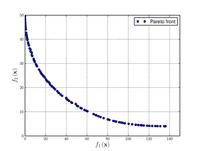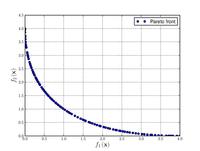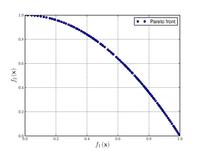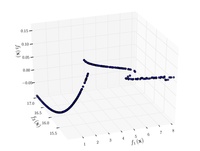| Name | Plot | Formula | Global minimum | Search domain |
|---|
| Rastrigin function |  |  
|  |  |
| Ackley function |  |  
|  |  |
| Sphere function |  |  |  |  , ,  |
| Rosenbrock function |  |  |  |  , ,  |
| Beale function |  |  
|  |  |
| Goldstein–Price function |  |  
|  |  |
| Booth function |  |  |  |  |
| Bukin function N.6 |  |  |  |  , ,  |
| Matyas function |  |  |  |  |
| Lévi function N.13 |  |  
|  |  |
| Griewank function |  |  , where , where  |  |  , ,  |
| Himmelblau's function |  |  |  |  |
| Three-hump camel function |  |  |  |  |
| Easom function |  |  |  |  |
| Cross-in-tray function |  |  |  |  |
| Eggholder function [9] [10] |  |  |  |  |
| Hölder table function |  |  |  |  |
| McCormick function |  |  |  |  , ,  |
| Schaffer function N. 2 |  |  |  |  |
| Schaffer function N. 4 |  |  |  |  |
| Styblinski–Tang function |  |  |  |  , ,  .. .. |
| Shekel function |  |  | |  , ,  |









































































































































































